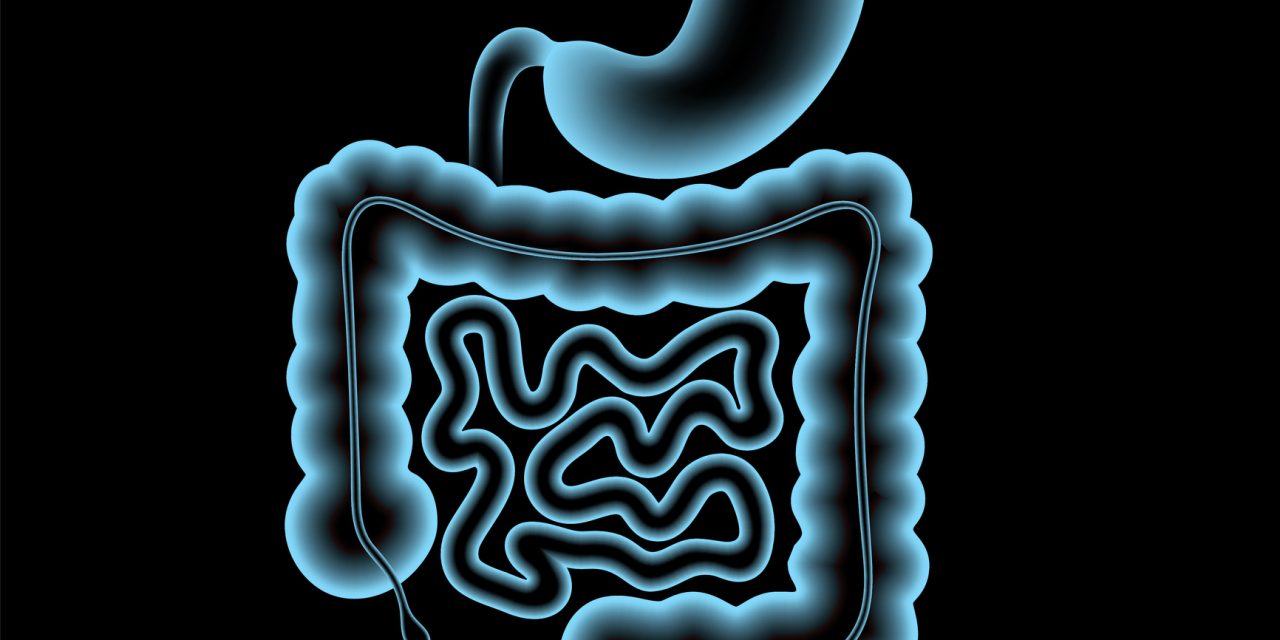Dysfunction of the intestinal mucosal barrier of chicks caused by Salmonella pullorum is of great harm to the poultry industry. Probiotics are recognized for their beneficial health-promoting properties, promoting maintenance of bowel epithelial integrity and host immune system homeostasis. Our previous research showed that Lactobacillus casei protects jejunal mucosa from injury in chicks infected with S. pullorum. However, the specific mechanisms underlying its protective properties are still not fully understood. In the present study, we aimed to explore the mechanisms underlying the protective effects of L. casei on the intestinal mucosal barrier of chicks infected with S. pullorum through histological, immunological, and molecular biology methods. The results indicated that L. casei significantly reduced the diarrhea rate, increased the daily weight gain, and maintained normal levels of IgA, IgM, and IgG in the serum of chicks infected with S. pullorum. Furthermore, we found that L. casei markedly improved the immunity of gut mucosa by regulating cytokine and chemokine receptor balance, elevating the number of intraepithelial lymphocytes, and hence effectively restraining bowel inflammation. Strikingly, feeding of infected chicks with L. casei notably boosted interleukin-22 expression to activate the Wingless-Int pathway, moderated diamine oxidase and D-lactic acid levels, diminished the generation of myosin light chain kinase, and expanded tight junction protein levels (Zonulin-1 and Claudin-1), strengthening the function of the gut mucosal epithelium. In addition, experiments using 16S rDNA sequencing also demonstrated that L. casei immensely weakened the adhesion of S. pullorum, mainly manifesting as improved diversity of the intestinal microbiota in the V4 area of infected chicks. Taken together, these results show that the application of L. casei may be a good strategy to regulate the intestinal inflammatory response of chicks infected with S. pullorum, providing new perspectives in producing antibiotic substitutes in poultry farms.Copyright © 2021 The Authors. Published by Elsevier Inc. All rights reserved.
Lactobacillus casei protects intestinal mucosa from damage in chicks caused by Salmonella pullorum via regulating immunity and the Wnt signaling pathway and maintaining the abundance of gut microbiota.


